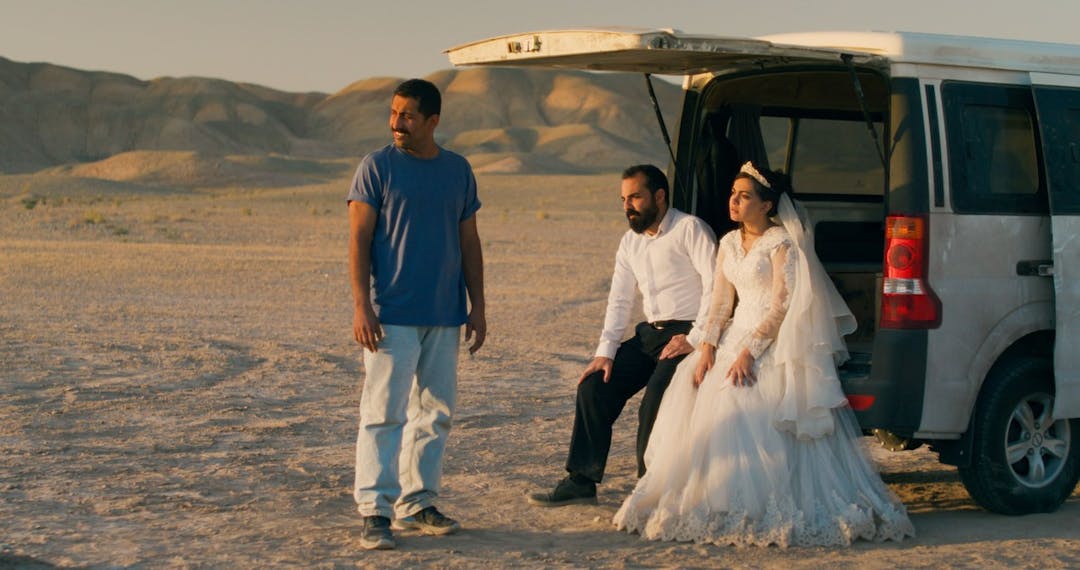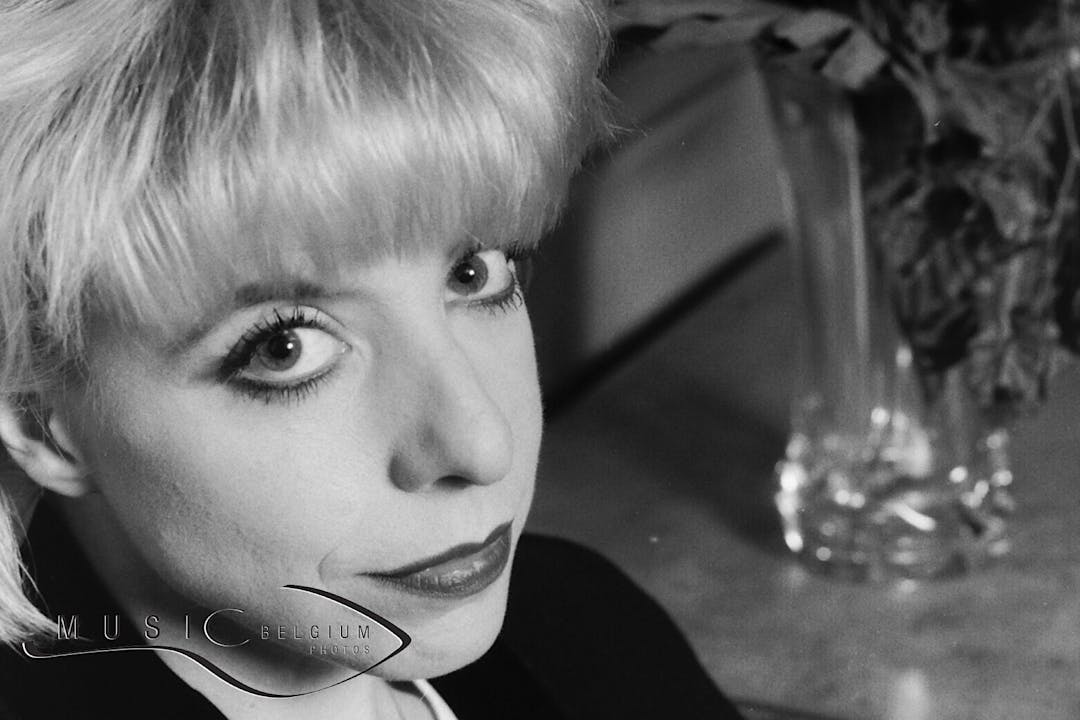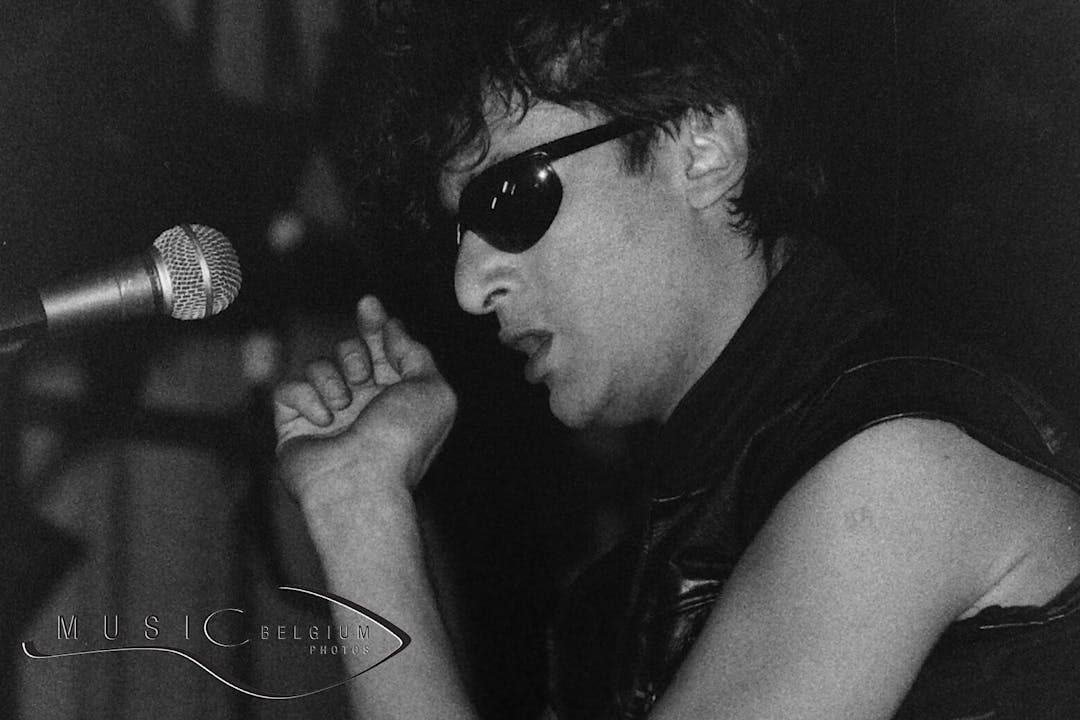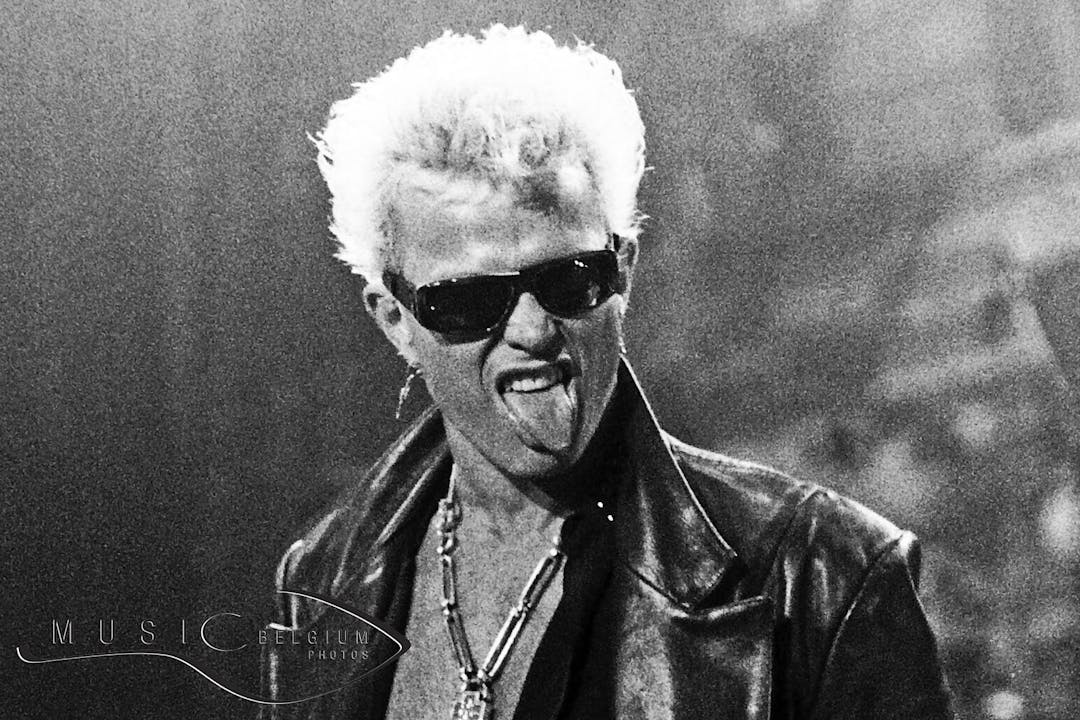
TAGTIK NEWS - TO THE POINT
Human influence on the size of wild and domestic animals

French researchers have highlighted the impact of humans on the morphological evolution of animals.
When domestic animals grow, wild animals shrink. "It's by comparing the size evolution of domestic animals with that of wild animals that we were able to establish the growing influence of humans over the past 1,000 years," Allowen Evin, a bioarchaeologist at the Montpellier Institute of Evolutionary Sciences, told AFP. Evin was responsible for coordinating the study conducted by the CNRS (French National Center for Scientific Research), which focused on human influence over animals and, in particular, how it influences their size.
A departure 8,000 years ago
The researchers examined the bones of various domestic animals (pigs, goats, cows, and sheep) and those of wild animals (foxes, hares, and deer) recovered in the Mediterranean region (France) to obtain the aforementioned results. "We focused on a fairly restricted geographic area to avoid too many environmental or cultural variations. And we started from the moment the first herder-farmer societies arrived in the region, 8,000 years ago," explains Evin. As a general rule, as soon as there is morphological variation in an animal, "we have a direct tendency to say that it's due to humans."
The time of disruption
And yet, during the first 7,000 years, all domestic and wild species evolved in almost complete harmony. It was only after this period that humans "took over," explains the researcher, emphasizing that the environment plays a major role in changes in animal size. "1,000 years ago, there was a disruption: all domestic species did the same thing, they increased in size, and wild ones decreased in size." Many explanations can be put forward to understand this phenomenon. In the case of domestic species, humans will contribute to an intensification of selection. "There will be changes in practices, modifications in the way we care for them, and we're aiming for ever-increasing productivity."
Disappearing forests and intensifying hunting: here again, these two human-induced factors will have an impact on the size of wild animals, with a decrease in habitats suitable for their development.
(MH with Raphaël Liset - Source : RTBF - Illustration : ©Unsplash)
LATEST NEWS

Jafar Panahi Wins New York Award and is Sentenced to Prison by Iran

Born on December 2: Peter Kingsbery, founder of Cock Robin with firebrand Ana LaCazio

Born on December 1: Julee Cruise, "Twin Peaks'" haunting voice

Born on December 1st: Alain Bashung, French rock poet who waited a long time for success

Born on November 30: Billy Idol, the (kind) rebel of Generation X

Born on November 28: Randy Newman tells stories and makes movies
Quick links